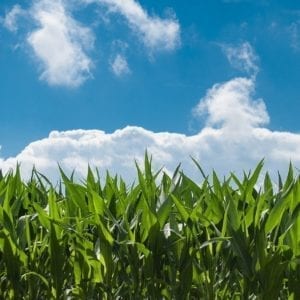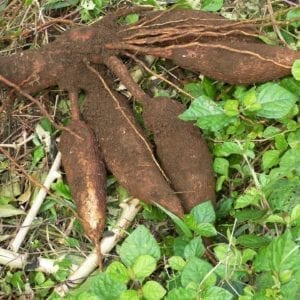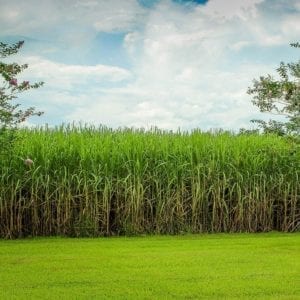- Blog
- What is bioplastic?
What is bioplastic?
We’ve written quite a bit about bioreactors made of plastic. Now we will discuss plastic made in bioreactors.
The plastics made in bioreactors are known as bioplastics. They are quite distinct from traditional plastics and offer numerous benefits over them. Traditional plastics are petroleum products, introducing harm to the environment from oil wells, refineries, and manufacturing. They also degrade into microplastics which are difficult to contain and are extremely harmful to the environment. Bioplastics, on the other hand, are made using organic material and are often biodegradable or compostable.
Biodegradable or compostable?
Biodegradable plastic will eventually break down completely into water, carbon dioxide, and compost. Compostable plastic will only break down under specific composting conditions.
Types of bioplastic
There are two main bioplastic polymers: PLA (polyactic acid) and PHA (polyhydroxyalkanoate).
PLA is most often made using sugars in corn starch, cassava root, and sugarcane. To make PLA with corn, a chemical industrial process is used to break down the corn into several components. The starch is then isolated and combined with additives such as citric acid, creating a long-chain plastic polymer that looks and behaves like traditional plastics such as polyethylene, polystyrene, or polypropylene.



PHA is produced by microbes who are fed carbon, often using methane from solid waste or waste water. These bacteria can be grown in fermenters, and then PHA can be extracted using downstream processing techniques. The final product closely resembles traditional plastics.
Uses for PHA and PLA bioplastics
Both PHA and PLA can be used in exactly the same way as conventional petroleum-based plastics. Companies that manufacture these polymers produce and sell them as plastic pellets which can be heated and molded into various products. PHA is generally used for thinner, more flexible products such as packaging materials, and PLA is used for thicker and more robust products.
So, what’s the difference between PHA and PLA?
While both PHA and PLA are biodegradable, PHA is considered to be the more environmentally friendly option. Since the breakdown of PLA requires highly specific conditions, it is still likely to end up in landfills and degrade into harmful microplastics rather than into its base organic material. PHA, in contrast, will degrade into biomass under a much broader set of conditions.
Environmental advantages of PHA bioplastic
Companies such as Newlight Technologies, Avantium, MPB Titan, and Mango Materials are all creating biodegradable plastics using fermentation, as this technique is much closer to carbon neutral than starch-based PLA manufacturing techniques.
PHA-producing bacteria can be fed using carbon from landfill waste and wastewater treatment plants, which is more readily available and cheaper than the organic sugars needed to produce PLA. Therefore, the PHA manufacturing facilities can be built at waste sites, incentivizing methane capture and taking advantage of a waste product that would otherwise contribute to global warming. These plastics are often able to biodegrade either aerobically or anaerobically – so whether they are composted at home, composted industrially, or end up in a landfill, they will decompose into organic material. This flexibility successfully prevents microplastics from harming wildlife and ecosystems. Additionally, new bioplastic can be made using the carbon released from the broken-down plastics.
How is PHA manufactured?
Methylococcus capsulatus is a methane-consuming bacterium which is often used to produce fuel and plastic precursors. It can be grown quite successfully in fermenters, where precisely controlled ratios of methane, carbon dioxide, and air can be fed to the microbes to produce PHA particles. Other bacterial strains, both wild and genetically modified, may also be used. Modified strains are advantageous in that they can be engineered for productivity and high yields. However, wild bacteria have fewer purity concerns than modified strains, meaning the cleaning requirements between fermentation batches are much less stringent. This creates the opportunity for increased fermenter uptime to compensate for the lower microbe productivity. Chemical catalysts for polymerization can also increase overall productivity. When bacteria become “swollen” with plastic granules, the plastic can be extracted and pelletized using downstream processing methods. Copolymers for plastics of various applications can be created by tweaking the properties and composition of the bioplastic granules.